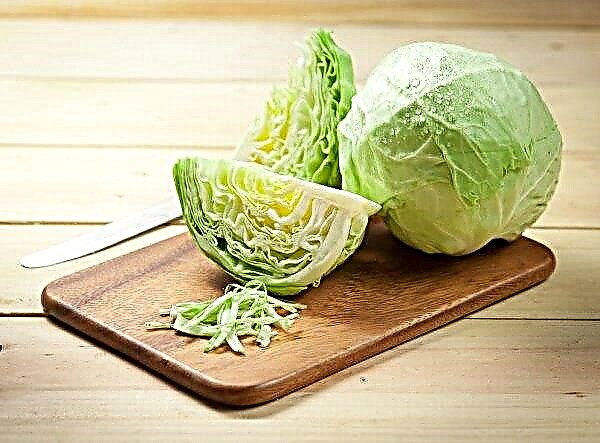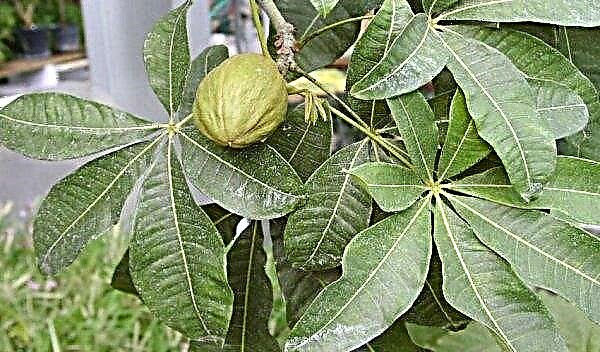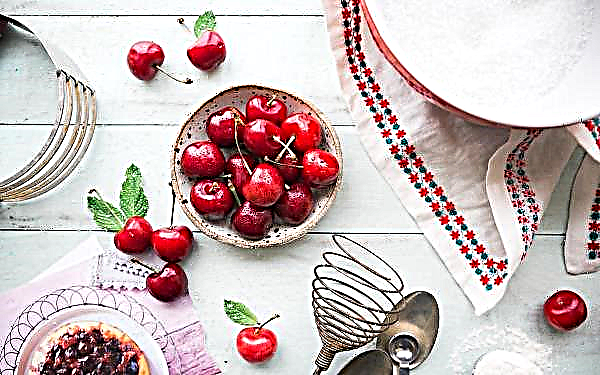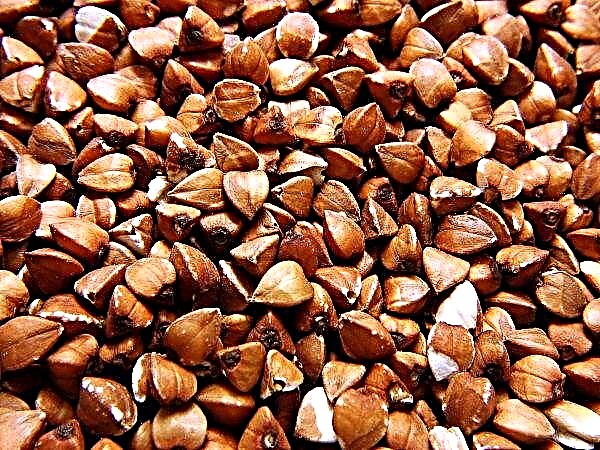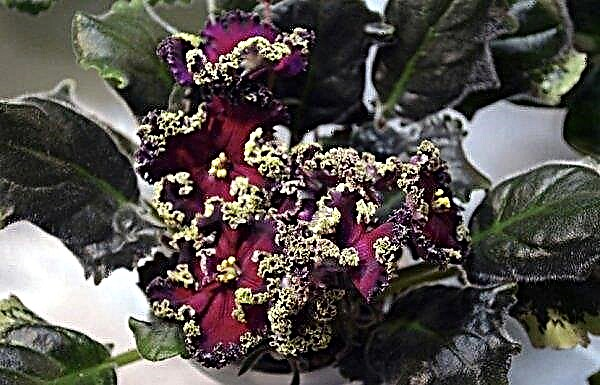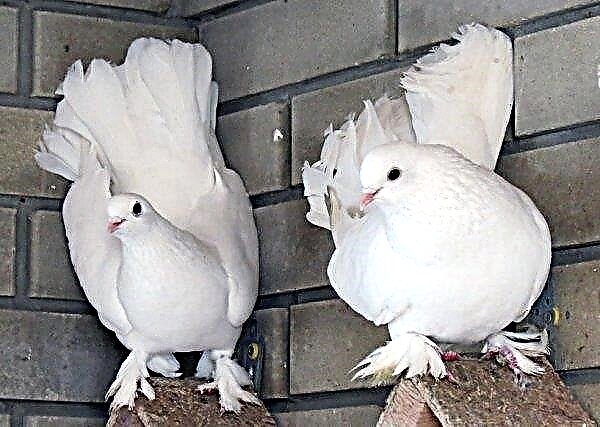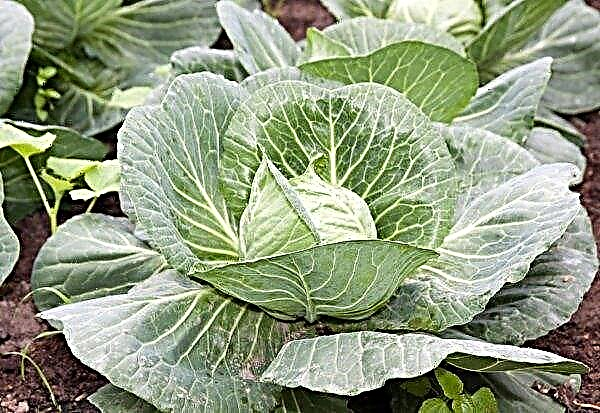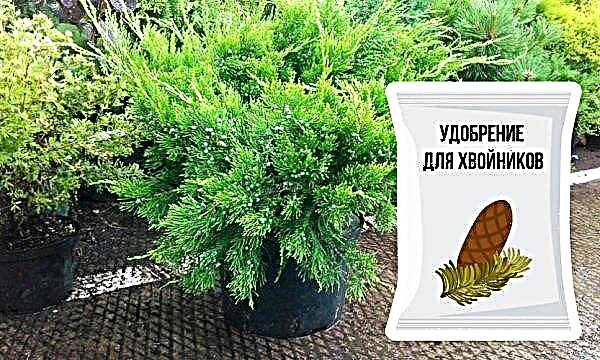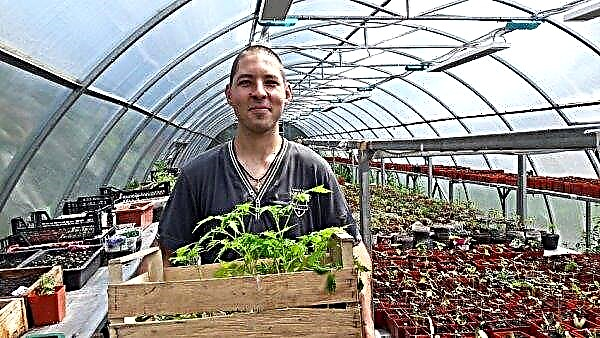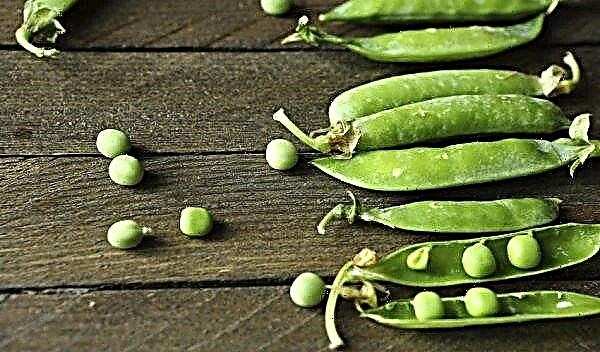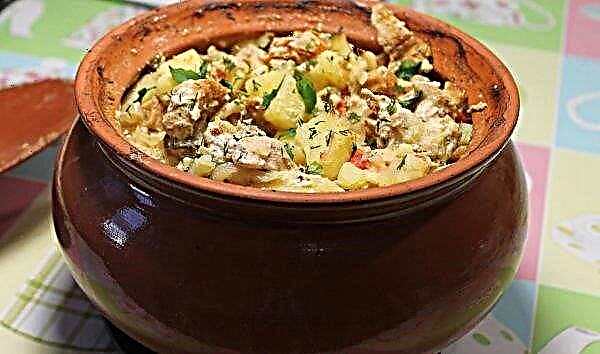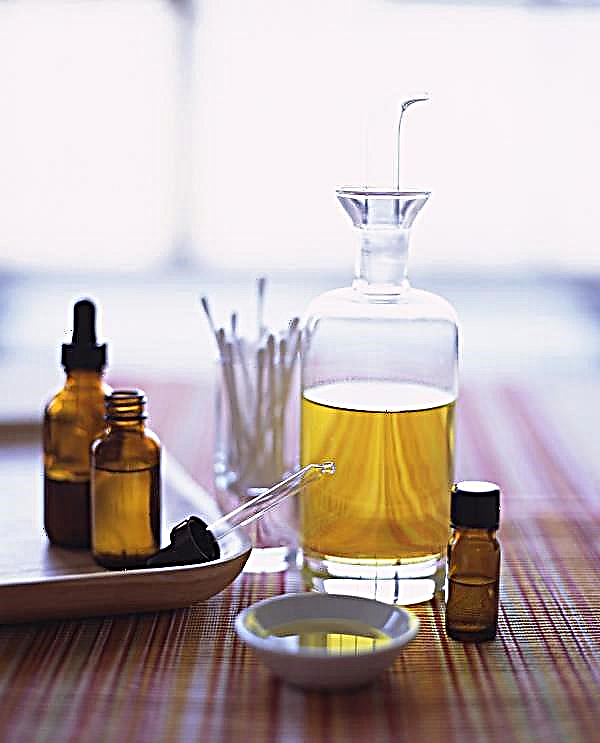Euphorbia triangular, or euphorbia trigon, is often used for landscaping living quarters. What is its use and how to care for it, more about this later in the article.
Botanical description of the plant
Perennial succulent at home can grow up to 3 m in height. In room culture, the plant does not bloom, but attracts attention with the unusual structure of the stem. The trilateral, fleshy stem consists of faces concave inward, with a glossy surface. On the edges of the faces are dense leaves, often green, but there is also a red-burgundy color. The length of the leaf plates is about 3 cm. The faces are also equipped with spikes, slightly curved, of brown or red-brown color.

Like all members of the euphorbia family, euphorbia trigon is poisonous.
| Root system | Surface |
| Stem | Branched, trihedral, height up to 3 m |
| Leaf shape | Elongated oval |
| Leaf color | Green, burgundy |
| Spike length | 0.5 cm |
| Color of thorns | Red brown |
Useful properties and harm
The fleshy leaves of succulent absorb carbon dioxide perfectly, purifying the air in the room. Various parts of plants are used in the pharmaceutical industry for the manufacture of medicines.
- From the root of the plant, preparations are prepared that have the following properties:
- anti-inflammatory;
- antitumor;
- stimulating.
Did you know? In India, a potion is prepared from milkweed root to treat snake bites.
- The juice contained in the leaves and stems is used in the treatment of skin diseases:
- to remove warts, calluses;
- to get rid of fungal infections;
- from parasitic infections.
The people, however, believe that the trihedral euphorbia has a strong energy: it neutralizes negative emotions, protects the home atmosphere from contention. A flowerpot placed near the entrance protects the house from gossip, envy and other negative external influences.
The plant also has harmful properties. In working with it, juice should not be allowed to get on the skin and mucous membranes, since euphorbin in the composition of the milky fluid causes severe burns. Eye contact may cause loss of vision.
- Plant-based drugs have side effects at the slightest deviation from the dosage:
- nausea;
- vomiting
- diarrhea;
- heart failure;
- general weakness.
Knowing the poisonous properties of triangular milkweed, many flower growers doubt whether it is possible to keep this plant at home.Important! You can not take medicine with milkweed in pregnant women and nursing mothers.
Succulents are cultivated as a pot, but security measures need to be taken:
- Out of reach of animals and small children.
- Do not place in the bedroom - the aroma causes sleep disturbances, negatively affects the nervous system.
- Do not place the pot near food or medicine.
House growing conditions
Euphorbia trigon does not require a lot of attention from the grower, if you initially provide her with comfortable conditions.
Lighting
Euphorbia loves bright light, is not afraid of direct sunlight. But you need to accustom yourself to the sun gradually, so as not to provoke burns. For uniform shoot growth, the pot is turned to the light source in different directions.
Ventilation
The plant loves fresh air, in the warm season it is carried out to the balcony or outdoor terrace. Stale air or close proximity to heating appliances will negatively affect the growth of succulents.
We recommend that you familiarize yourself with other succulents:
Temperature mode
The optimum temperature in the warm season is + 23 ... + 25 ° С; in winter, lower temperatures + 16 ... + 18 ° С are recommended.
Air humidity
The plant is drought tolerant, but responds well to a warm shower and spraying. When showering, you need to cover the soil lump, spray from a spray bottle with small holes. In winter, instead of water procedures, a soft-brushed brush is used to remove dust from foliage.

How to care at home
Euphorbia is not whimsical to care for, but for normal development you need to know the subtleties of the procedures.
Watering
In spring and summer, the pot is watered once a week. In autumn, the interval is reduced to once every two weeks. In winter, hydration is only required so that the soil lump does not dry out, about once a month. When watering, it is desirable to defend water from impurities, the temperature of the water is room temperature. The best method is irrigation of the soil.
Top dressing
Euphorbia should be fertilized during the spring-summer period with an interval between dressings of 3-4 weeks. Fertilizers are combined with irrigation using liquid complex formulations, for example, Pokon and Bona forte. In winter, fertilizer is not carried out.
Important! It is not advisable to use organic fertilizers due to the large amount of nitrogen. For succulents, an excess of nitrogen is fraught with the formation of cracks in the skin.
Pruning
Pruning stimulates the formation of side shoots, which gives the bush a more magnificent shape. It is desirable to carry out pruning in the spring, and the removed tops can be used for reproduction.
Consider how to trim the stem properly:
- Cut a section of the stem with a sharp knife.
- The slice needs to be wet from the oozing milky fluid, then sprinkled with powdered charcoal.
- Given the burning properties of the juice, you need to work in long gloves and glasses to protect the eyes.
Video: trimming, rooting and caring for triangular milkweed
Transfer
Transplantation is carried out in the spring for young plants annually. An adult bush requires a capacity change every 2-3 years. For good plant growth, it is important what soil and how to transplant.
Soil suitable for growing succulents and cacti can be purchased at a gardener store.
With self-preparation, the following mixture of equal parts is prepared:
- soddy soil;
- leaf soil;
- peat;
- coarse sand.

Succulents have a superficial root system, so you need a wide pot, not a deep one. At the bottom lay a layer of gravel or pebbles as drainage.
Transplantation scheme:
- In order not to damage the roots, the bush is thrown out of the pot with an earthen lump.
- The remains of the soil are removed carefully, inspect the roots, removing damaged or dry areas.
- A hill of earth is poured on the drainage, from above, spreading the roots, a bush is placed.
- Soil is poured on the sides of the tank without deepening the growth point.
- For tall bushes lay a support.
Video: milkweed transplant
How to propagate euphorbia
Euphorbia is propagated triangular vegetatively, the main question is how to root a seedling and achieve healthy development.
Side shoots
The time of the procedure is spring. Lateral shoots are taken from a well-grown bush.
Sequencing:
- The donor plant is thrown out of the pot, carefully separating the lateral processes with part of the roots.
- Sprinkle seedlings on slices with crushed charcoal, leave for 2-3 hours for drying.
- Planted in a substrate and placed on rooting at a temperature of + 18 ... + 20 ° C.
- Further care, like an adult plant.

Cuttings
This method is used in spring and summer. Planting material are cut apical or lateral shoots.
Rooting Technology:
- Cuttings washed with milky fluid.
- Dry for 2-3 days.
- Slices sprinkled with crushed activated carbon.
- Planted in wet river sand, placed in a warm place (+ 22 ... + 25 ° C).
- As soon as the stalk is rooted, it will grow. At this time, it is transplanted into a separate container in the ground.
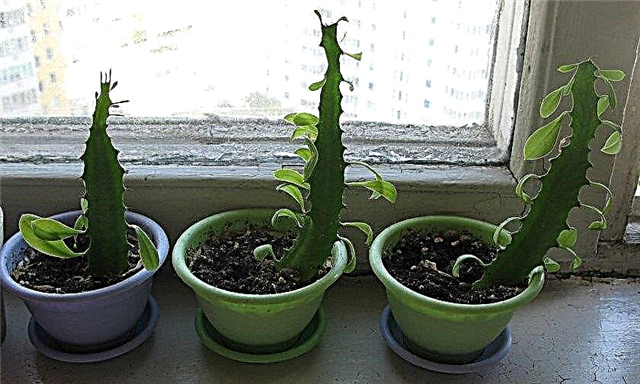
Growing problems
Euphorbia trigon is resistant to pest attacks and indoor plant diseases. And yet, sometimes the grower has difficulties in growing.
Did you know? Euphorbia's poisonous juice was used by the natives, covering them with arrowheads.
Pests
To identify insects in the early stages of damage, you need to regularly inspect the bushes.
The most common pests:
Disease
The disease can be prevented by observing the rules of care.
Possible plant diseases and methods of dealing with them:
- Yellow leaves - lack of minerals. Choose balanced formulations for feeding, fertilize regularly, especially in the active phase of growth.

- Dry spots on stems and leaves - sunburn. Shade the pot.
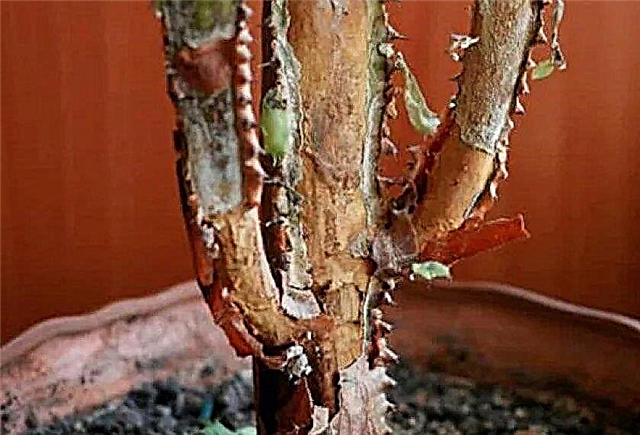
- Leaf fall - provokes root rot. Moderate portions of water, water after the topsoil has dried.

- Powdery mildew (white spots on the green part) - increased humidity. Adjust the frequency of watering, stop while spraying.








